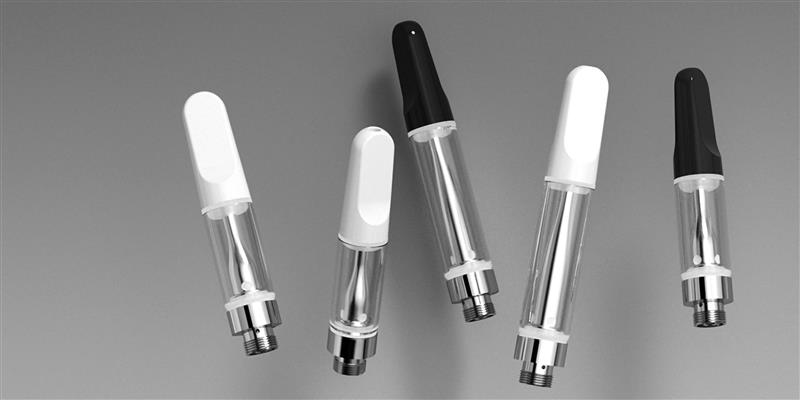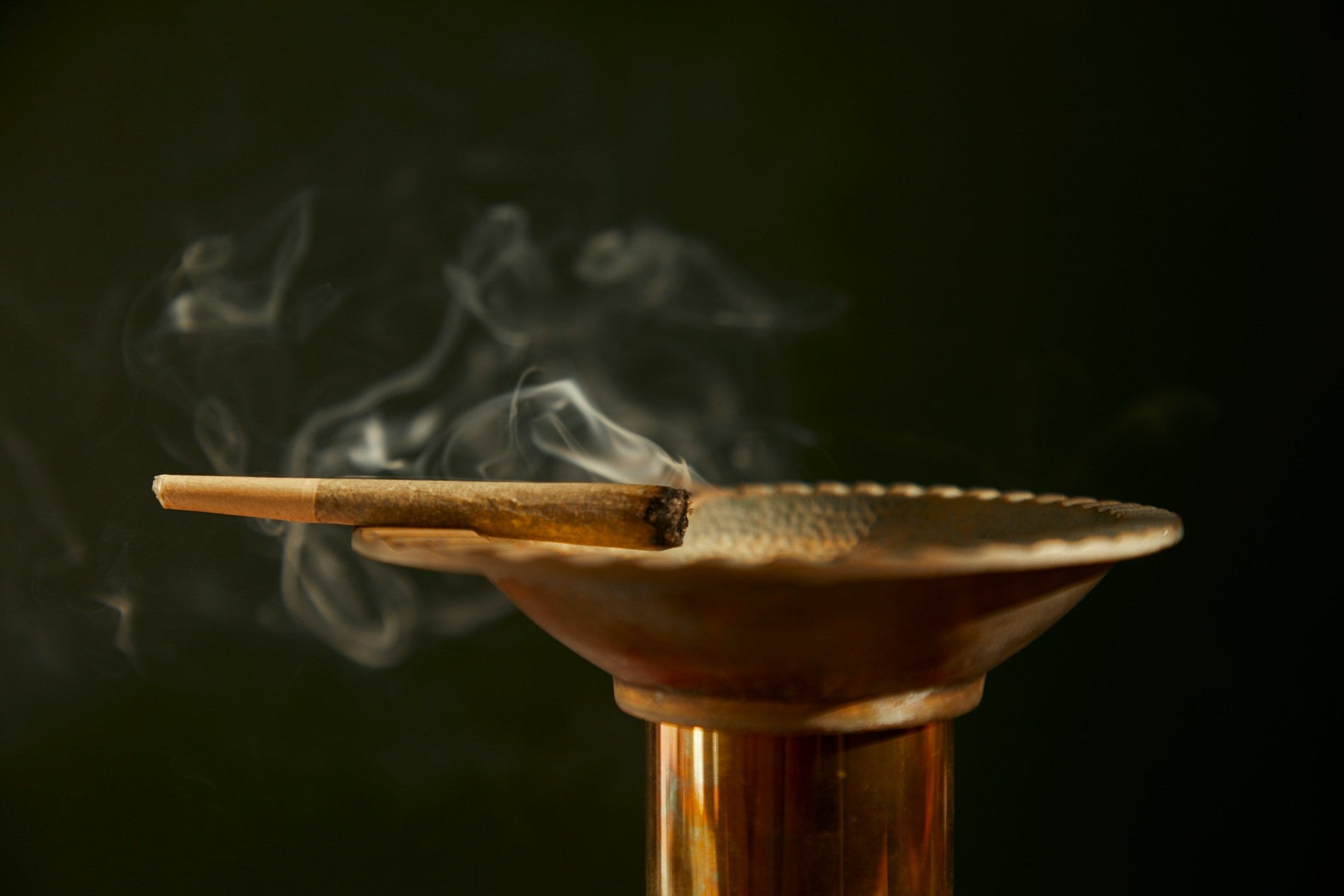Growing your own marijuana can be a rewarding experience, but it certainly comes with its own set of challenges. One of the most common issues growers face is when their marijuana plants refuse to flower. It's a bit like waiting for a cake to rise in the oven, but the oven's not even turned on. Frustrating, right?
In this article, we'll explore a variety of reasons why your cannabis plant might be giving you the silent treatment when it comes to flowering. From lighting conditions to nutrient deficiencies, we'll cover it all and provide some practical tips to help your plants bloom beautifully.
Lighting Conditions: The Key to Flowering
One of the first things to check when your marijuana plant isn't flowering is the lighting conditions. Cannabis plants are photoperiodic, which means they rely on changes in light duration to signal different stages of growth. During the vegetative stage, they require around 18-24 hours of light. However, to trigger flowering, most strains need a consistent 12 hours of light and 12 hours of darkness.
If your plants are not flowering, it's possible they're still receiving too much light. Double-check your grow room's light schedule. Ensure that there's no light leaking into the dark period, as even a small amount of light can prevent flowering. If your grow space isn't completely dark during the off hours, consider using blackout curtains or a light-proof grow tent.
Additionally, some growers make the mistake of using the wrong type of light. While CFLs and LED grow lights can be great for the vegetative stage, high-pressure sodium (HPS) lamps often work better for flowering because they mimic the natural sunlight of autumn, which encourages the plants to bloom.
Genetic Factors: Know Your Strain
Sometimes, the issue may simply be genetic. Different strains have different flowering times, and some could naturally take longer to flower than others. If you're growing a sativa-dominant strain, for instance, it's worth noting that these typically take longer to flower compared to indica strains. Patience might just be the key here.
It's also essential to ensure that the seeds or clones you're using are of good quality. Poor genetics can lead to a range of problems, including delays in flowering. When purchasing seeds, always buy from reputable suppliers who provide information about the strain's flowering time.
If your seeds are not flowering as expected, it's a good idea to revisit the strain's characteristics. Make sure you're aware of how long the flowering stage is supposed to last so you can manage your expectations accordingly.
Nutrient Imbalance: Feeding Your Plants Right
Another culprit could be an imbalance in your plant's nutrient intake. During the flowering stage, cannabis plants require different nutrients compared to the vegetative stage. Too much nitrogen, which is crucial during vegetative growth, can actually hinder flowering. Instead, they need more phosphorus and potassium.
Here's a quick nutrient breakdown:
- Vegetative stage: High nitrogen, moderate phosphorus, and potassium.
- Flowering stage: Lower nitrogen, high phosphorus, and high potassium.
Consider switching to a bloom fertilizer that's specifically designed for the flowering stage. This type of fertilizer will have the right nutrient balance to encourage your plants to start flowering. Remember to adjust your feeding schedule based on your plant's specific needs and monitor for signs of nutrient deficiencies or toxicities.
Temperature and Humidity: Creating the Perfect Environment
Temperature and humidity levels can also play a role in whether or not your marijuana plants decide to flower. Ideal temperatures for flowering range from 65-80°F (18-27°C). If the temperature is too high or too low, it can stress your plants and delay flowering.
Humidity should also be reduced during the flowering stage. While plants in the vegetative stage thrive in humidity levels of 40-70%, flowering plants prefer a drier environment, around 40-50%. High humidity can lead to mold and mildew, which are problematic for flowering plants.
If your current setup doesn't allow for these conditions, consider investing in a hygrometer and a thermostat to monitor and control the environment. You might also need a dehumidifier or additional fans to help maintain the desired levels.
Pruning and Training: Managing Plant Growth
Pruning and training your plants can significantly impact their ability to flower. If your plant has too many leaves or branches, it might be focusing its energy on growing foliage instead of flowers. Proper pruning can help redirect that energy to the flowering sites.
Consider removing any large fan leaves that are blocking light from reaching the buds. This is often referred to as "lollipopping." Additionally, techniques like low-stress training (LST) can help expose more bud sites to light, encouraging them to flower.
However, be careful not to over-prune, as this can stress the plant and cause it to stop growing altogether. Aim for a balance that allows light to penetrate the canopy without stripping the plant of its essential leaves.
Stressed Plants: Relaxation for Better Growth
Just like us, plants can experience stress, and this can prevent them from flowering. Stress can be caused by a variety of factors, including irregular watering, pests, diseases, and sudden changes in the environment.
To keep your plants stress-free:
- Maintain a consistent watering schedule and avoid over or under-watering.
- Inspect your plants regularly for signs of pests or disease and act promptly if you find any.
- Keep environmental conditions stable and avoid drastic changes.
Stress management is essential for healthy flowering. Sometimes, simply giving your plants a little extra attention and care can work wonders.
Age and Maturity: Timing Is Everything
Age is another factor that could be affecting flowering. If your plants are not mature enough, they may not be ready to flower. Most cannabis plants need to be around 3-4 weeks old before they're ready to enter the flowering stage.
If you're growing from seed, ensure your plants have reached the right level of maturity. If you're not sure, look for signs of pre-flowering, such as the appearance of small pistils (hairs) at the nodes (the points where branches meet the stem). These are clear indicators that your plant is ready to transition to flowering.
On the flip side, if your plant has been in the vegetative stage for a long time and still isn't flowering, you might need to manually adjust the light cycle to initiate the flowering process.
Soil and pH Levels: The Foundation of Growth
The type of soil and its pH levels can also impact flowering. Cannabis plants prefer a slightly acidic soil with a pH of around 6.0-6.5. If the pH is too high or too low, it can lock out nutrients and stunt plant growth.
Regularly test your soil's pH and adjust as needed to maintain the optimal range. You can use pH up or down solutions to help correct imbalances. Remember, healthy soil is the foundation for a healthy plant, so pay close attention to what's going on under the surface.
Additionally, ensure your soil has good drainage and aeration. Compacted or waterlogged soil can suffocate the roots, leading to a host of problems, including delayed flowering.
Autoflowering Varieties: A Different Ballgame
If you're growing autoflowering strains, the flowering process is a bit different. Autoflowers don't rely on light cycles to begin flowering; they start to flower automatically after a certain period, usually around 2-4 weeks.
If your autoflowering plant isn't flowering, the issue is likely not related to light but could be due to stress or nutrient problems. Ensure your plants are getting the right care and attention, and consider adjusting your feeding regimen to better suit their needs.
Autoflowers can be a great option for beginners because they simplify the growing process, but they still require proper care to thrive.
Final Thoughts
In summary, if your marijuana plant isn't flowering, it could be due to a range of factors, from lighting conditions to nutrient imbalances. By systematically checking each potential issue, you can identify the problem and take steps to encourage your plants to bloom.
For those looking to package their products effectively, Gamut offers a wide range of packaging solutions that can make your brand stand out. From jars to bags and everything in between, Gamut covers the entire spectrum of packaging needs, ensuring your products are both stylish and secure.



















